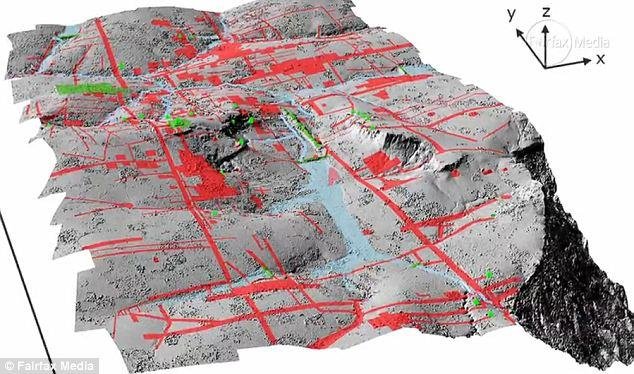A team of Australian researchers have uncovered a 1,200-year-old city buried beneath the jungles of Cambodia thanks to new technology that allowed them to create a detailed archeological survey.
The city, which predates the famous Angkor Wat by several centuries, indicates the previously known temple complex was a part of a much larger, sprawling city rather than a walled-in city.















